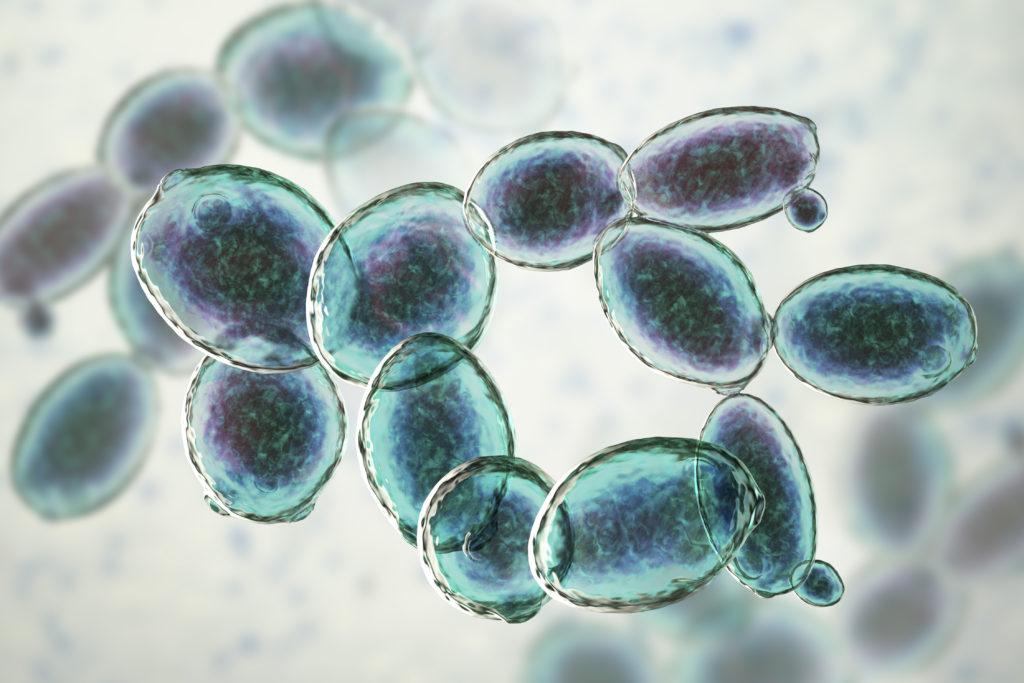Researchers conducted a study which compared the metabolic effects of three geroprotectors in budding yeast: caloric restriction, the tor1Δ mutation, and lithocholic acid.

A changing metabolism in eukaryotic organisms is viewed by many researchers as a critical contributor to aging. Metabolic inflexibility is considered a hallmark of many age-related diseases, including cancer. Geroprotectors, or interventions that aim to affect the root cause of aging, may be used to modulate metabolism, slow aging, increase healthy lifespan, and quell age-related diseases.
“A body of evidence indicates that metabolism is an essential contributor to the aging and longevity of eukaryotic organisms across phyla.”
Two researchers from Canada’s Concordia University conducted a study to compare the metabolic effects of three geroprotectors in budding yeast. Their paper was chosen as the cover of Oncotarget’s Volume 12, Issue #7, and titled, “Caloric restriction creates a metabolic pattern of chronological aging delay that in budding yeast differs from the metabolic design established by two other geroprotectors.”
The Study
In this study, the researchers used chronologically aging Saccharomyces cerevisiae (S. cerevisiae)—a common budding yeast found in baking, winemaking, and beer brewing. This fungus is also useful for measuring the mechanisms of aging. The team cultured S. cerevisiae in a nutrient-rich medium and both concurrently and individually compared the metabolic effects of three different types of geroprotective interventions.
The three geroprotectors analyzed were caloric restriction (CR, dietary), the tor1Δ mutation (tor1Δ, genetic), and lithocholic acid (LCA, pharmacological). The team measured the intracellular concentrations of 193 structurally and functionally diverse water-soluble metabolites within S. cerevisiae using liquid chromatography and a tandem mass spectrometry method of non-targeted metabolomics.
“Here, we used liquid chromatography coupled with tandem mass spectrometry method of non-targeted metabolomics to compare the effects of these three geroprotectors on the intracellular metabolome of chronologically aging budding yeast.”
Results
“Our findings provide the first evidence that the three different geroprotectors create distinct metabolic patterns throughout the budding yeast’s entire chronological lifespan.”
As a result of all three geroprotectors, the researchers observed considerable remodeling of metabolic patterns in S. cerevisiae. The geroprotectors affected the yeast’s major pathways of cellular metabolism and delayed chronological aging. Specific to the calorie restriction intervention, the researchers identified a distinct metabolic pattern with two characteristic features, which were different from the cellular metabolism patterns created by the tor1Δ and LCA geroprotectors.
“We show that three different geroprotectors create distinct metabolic profiles. We identified a unique metabolic pattern established by one of these geroprotectors.”
Differing from the tor1Δ mutation and lithocholic acid geroprotectors, calorie restriction slows down the metabolic pathway for sulfur amino acid biosynthesis from aspartate, sulfate, and 5-methyltetrahydrofolate. This significantly lowered the intracellular concentrations of methionine, S-adenosylmethionine, and cysteine.
“We also noticed that the low-calorie diet, but not the tor1Δ mutation or lithocholic acid, decreases intracellular ATP, increases the ADP:ATP and AMP:ATP ratios, and rises intracellular ADP during chronological aging.”
Conclusion
“In the future, it would also be interesting to define the metabolic ‘signatures’ specific for other geroprotectors, including the tor1Δ mutation and LCA.”
The researchers explained that this study created two important questions for future studies: 1) What is the mechanism responsible for ATP decline under calorie restricted conditions? 2) What are the metabolic changes underlying the extremely efficient longevity extension in yeast culture under calorie restricted conditions with lithocholic acid?
“Our findings indicate that LCA applied under CR conditions ‘overrides’ the CR-specific metabolic profile of aging delay. We still do not understand the nature of such LCA-specific overriding. Nonetheless, this observation further supports the notion that metabolism is an essential contributor to eukaryotes’ aging and longevity.”
Click here to read the full scientific study, published in Oncotarget.
—
Oncotarget is a unique platform designed to house scientific studies in a journal format that is available for anyone to read—without a paywall making access more difficult. This means information that has the potential to benefit our societies from the inside out can be shared with friends, neighbors, colleagues, and other researchers, far and wide.
For media inquiries, please contact media@impactjournals.com.



